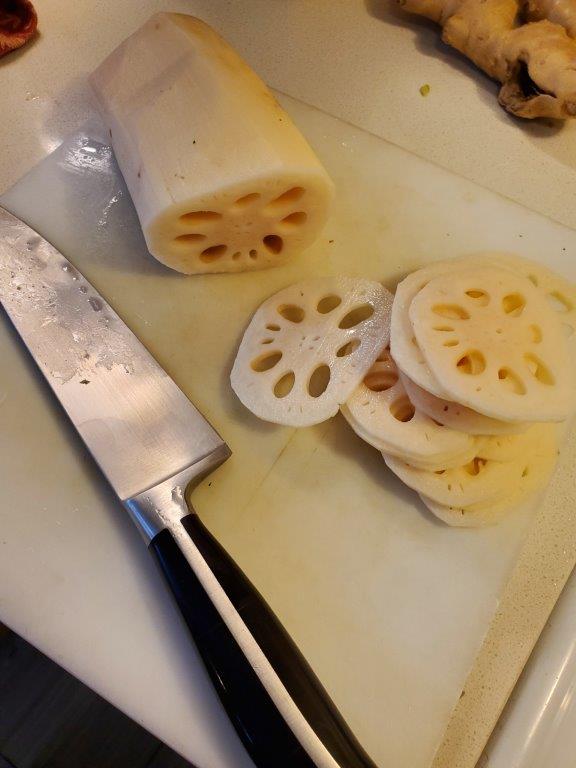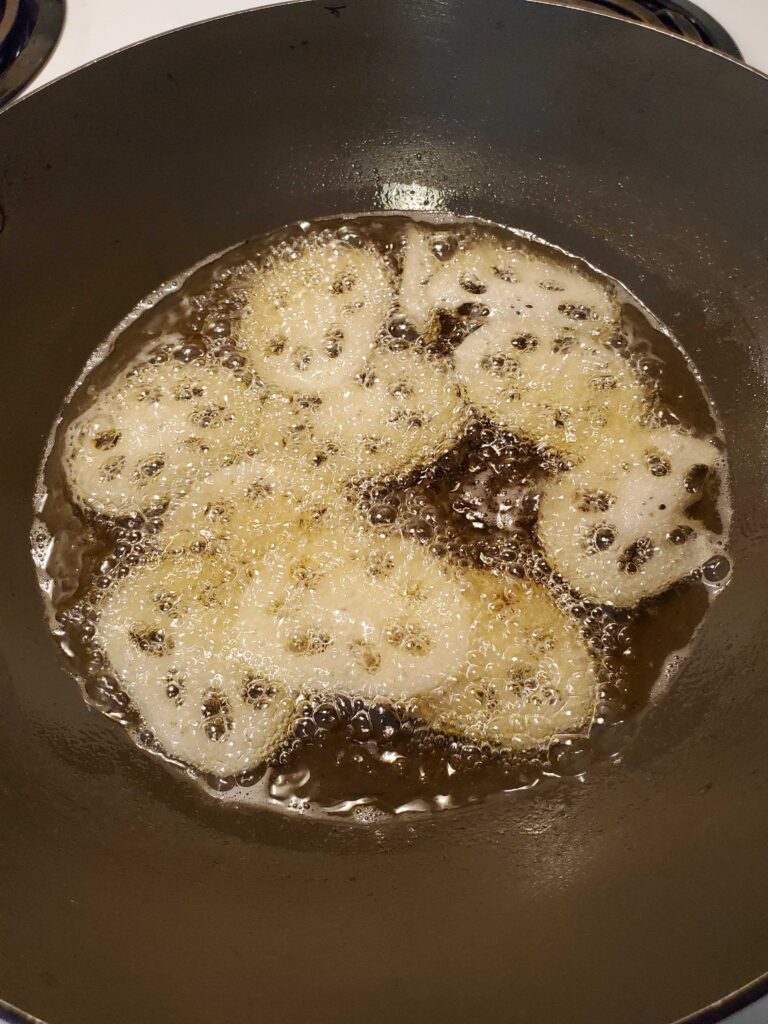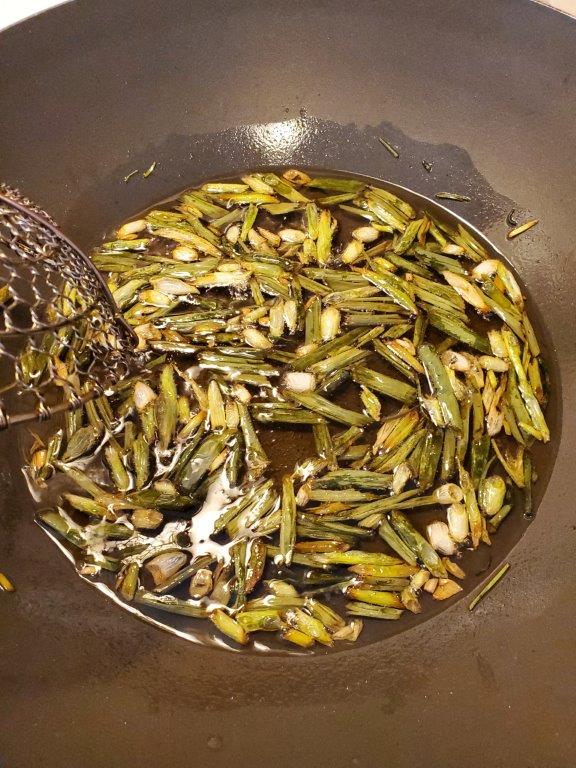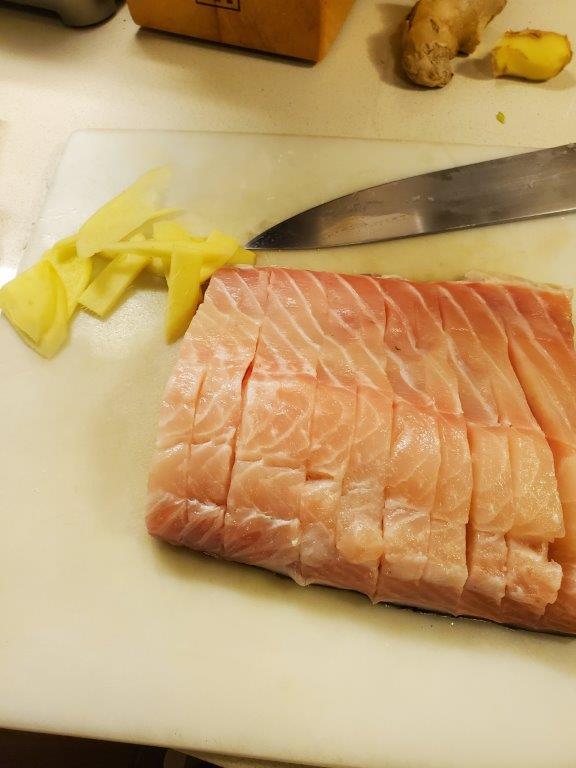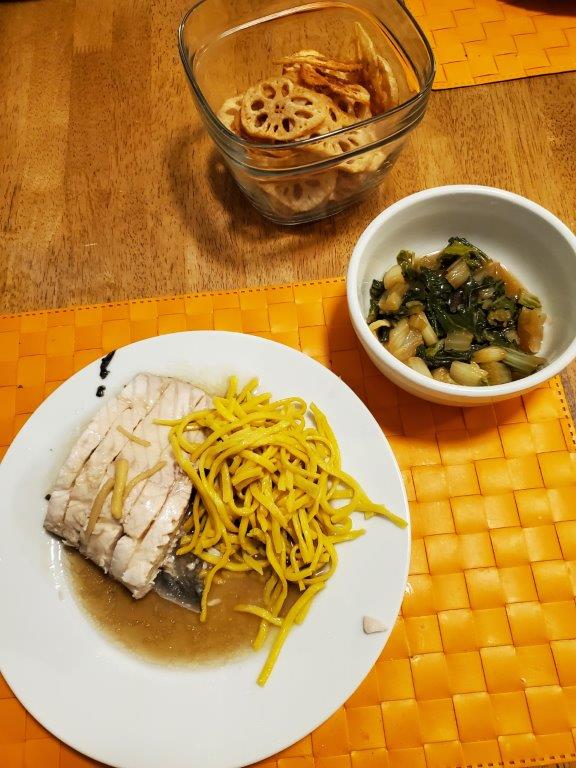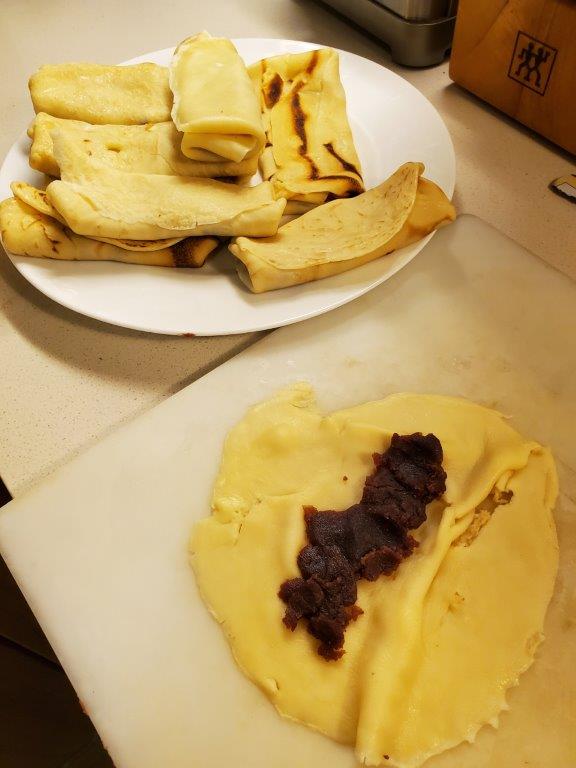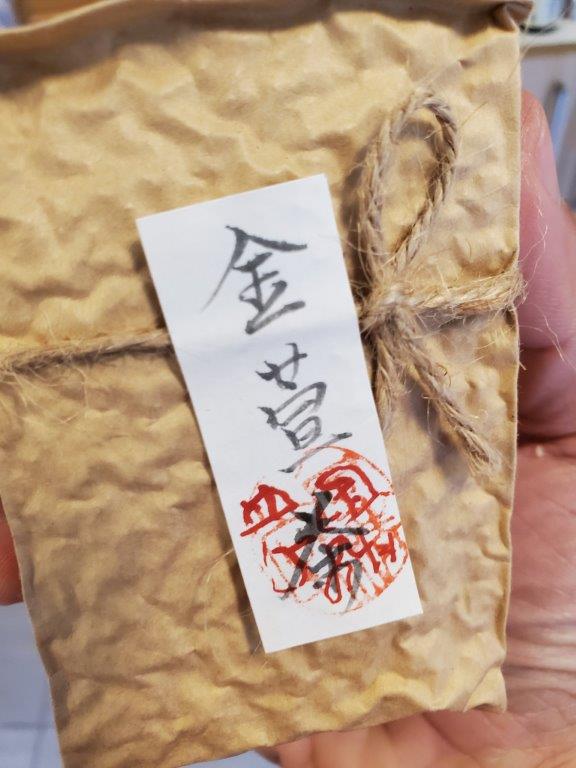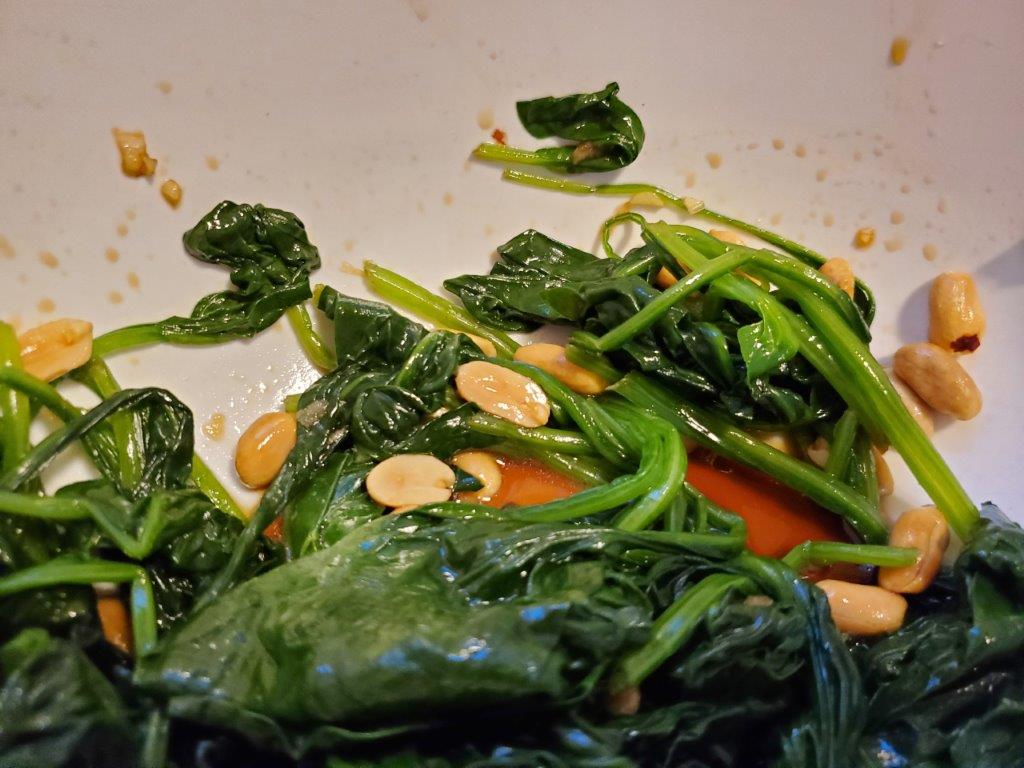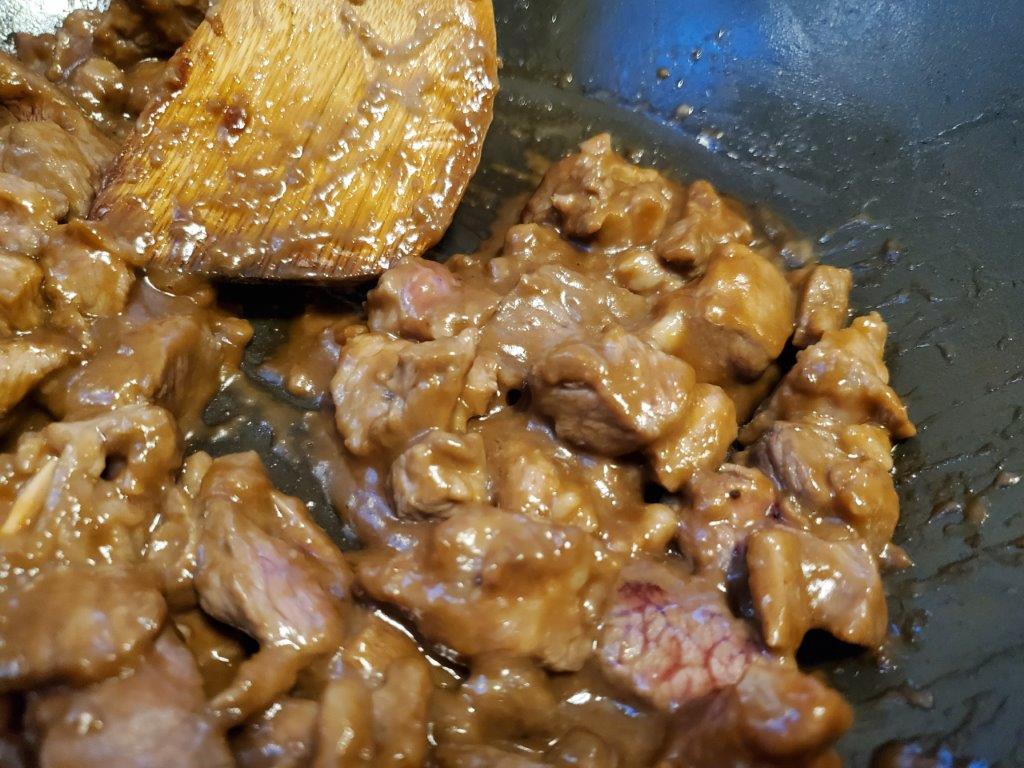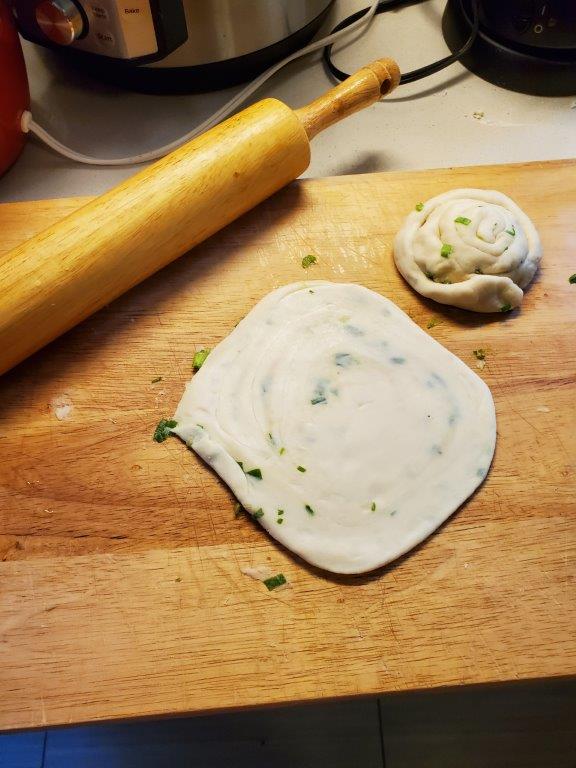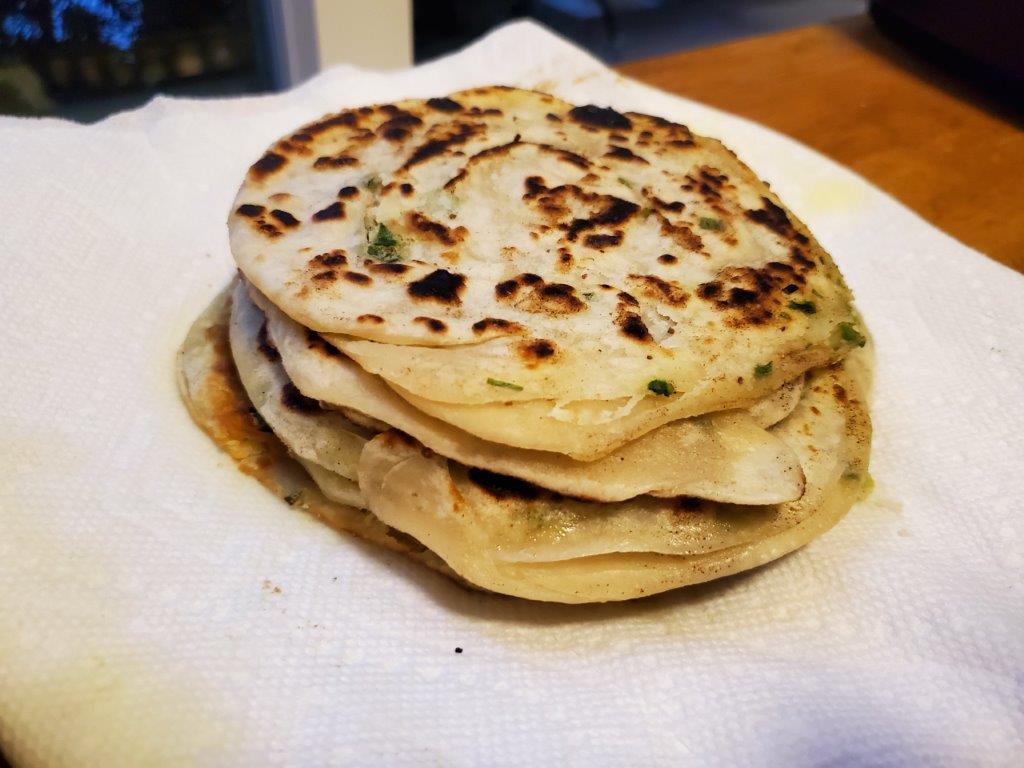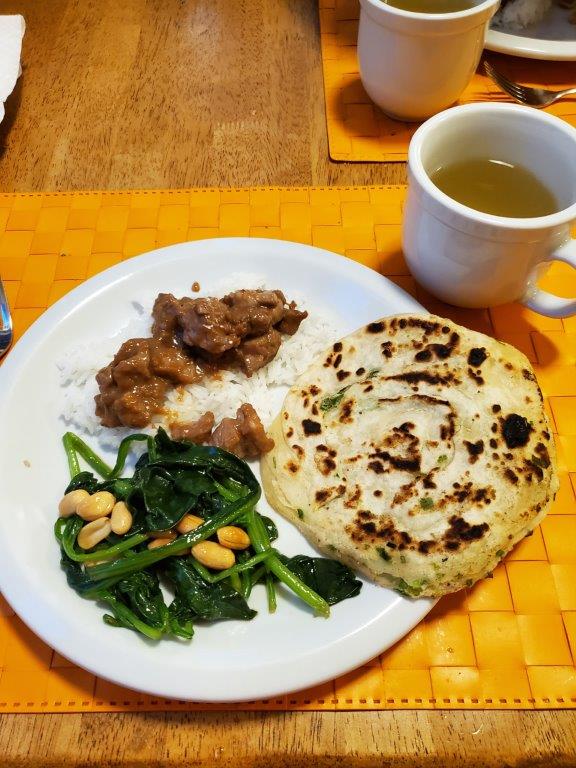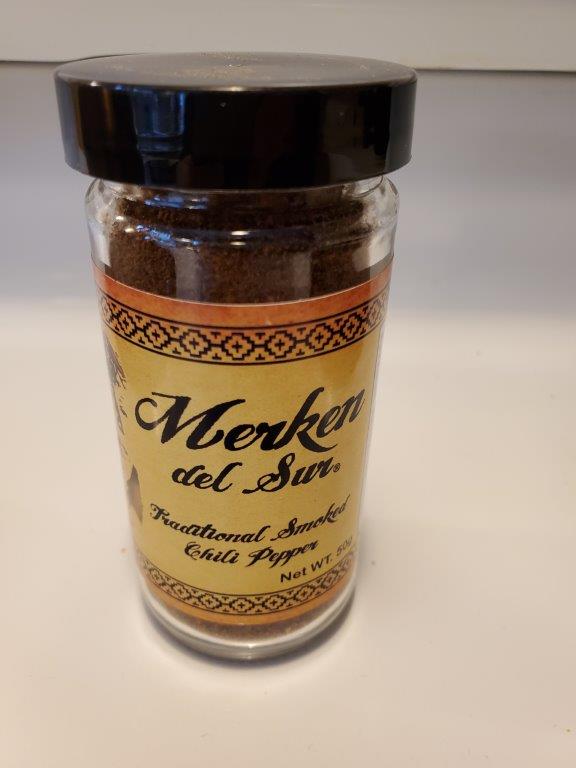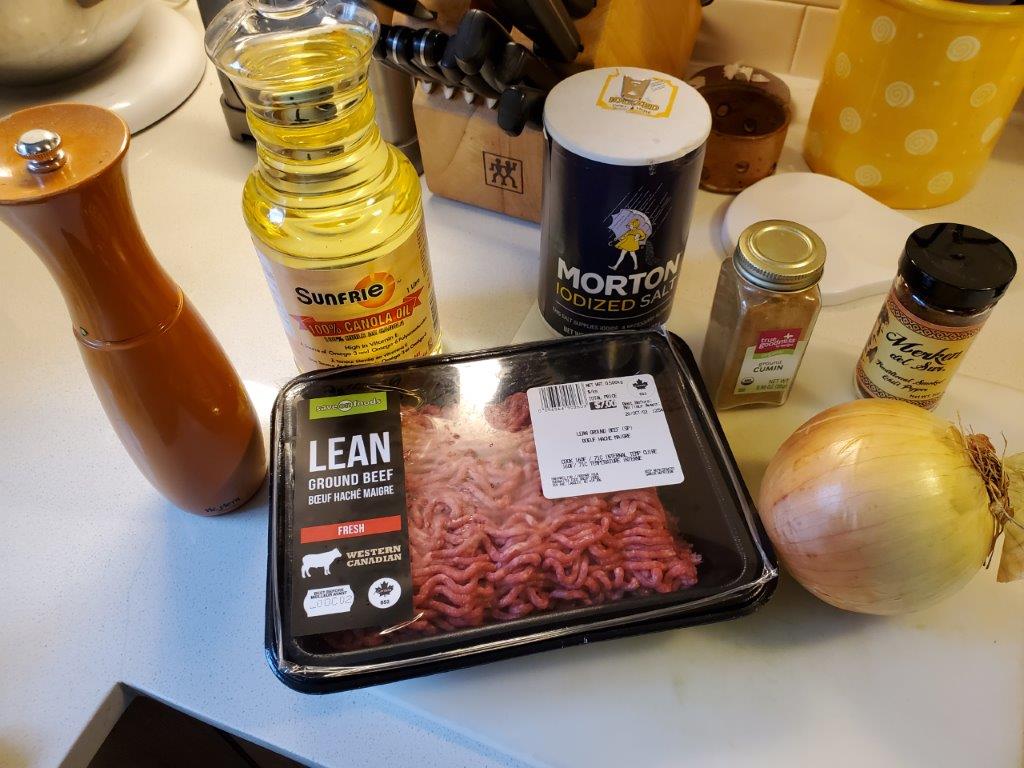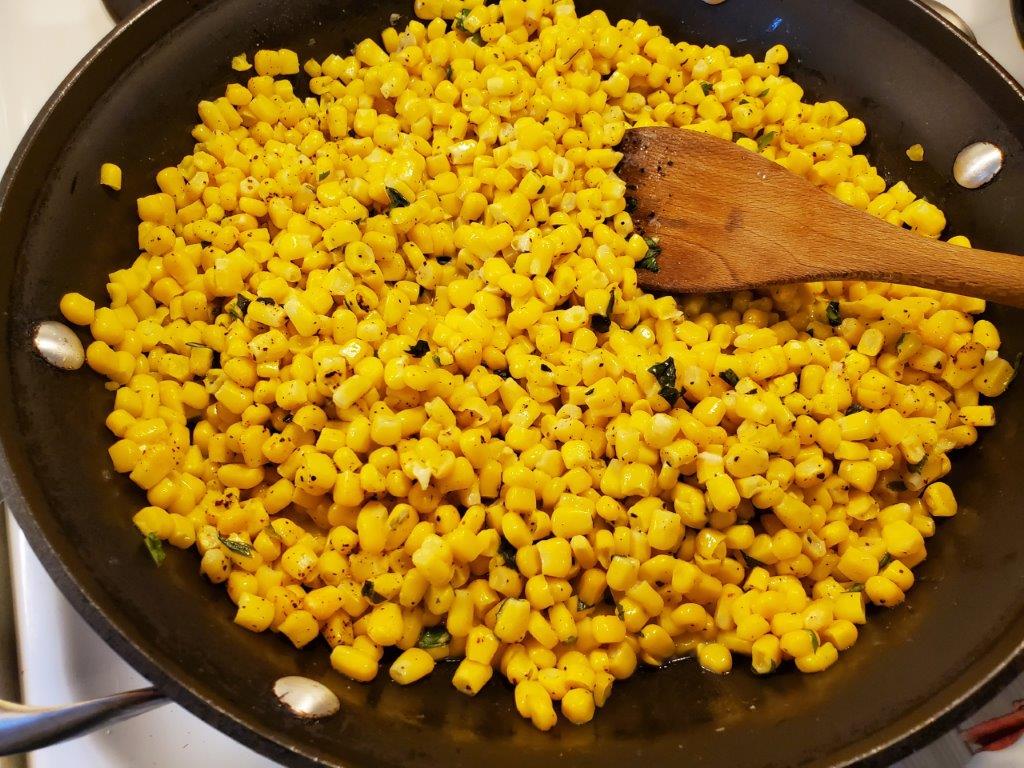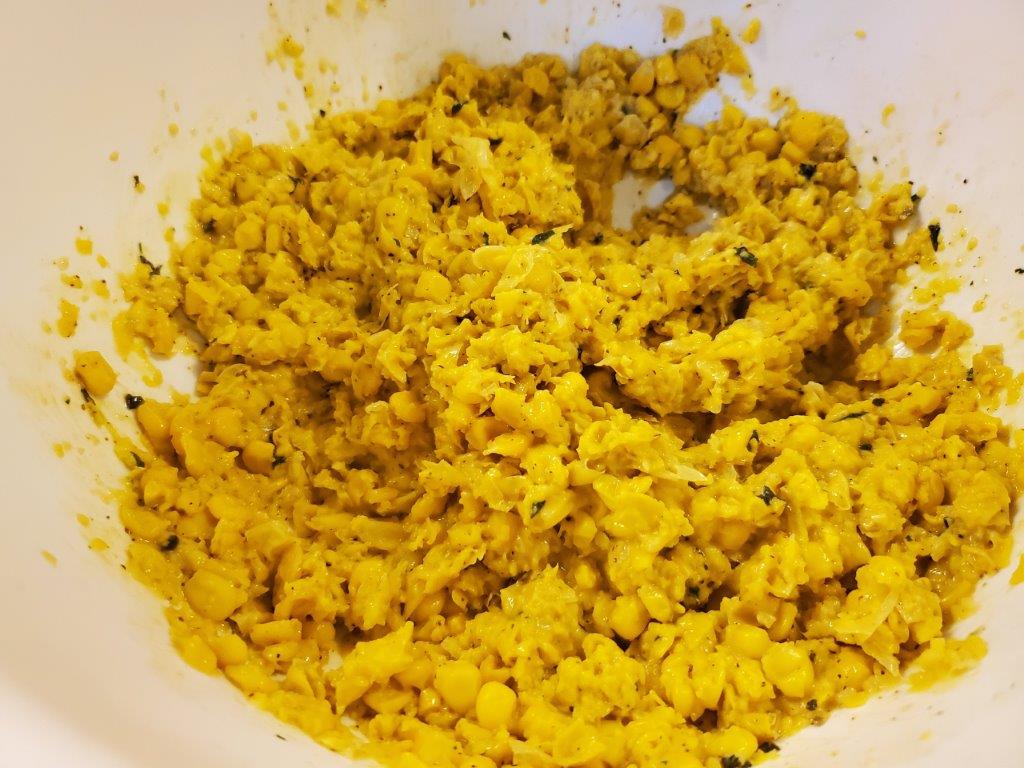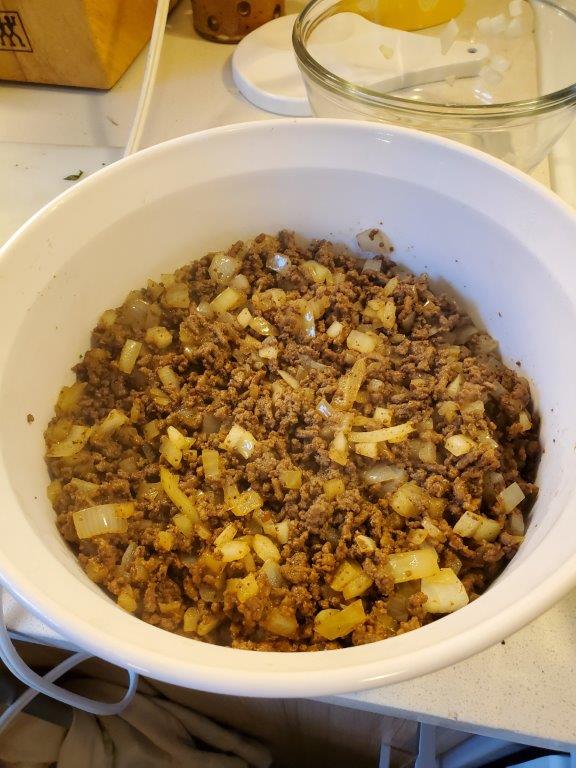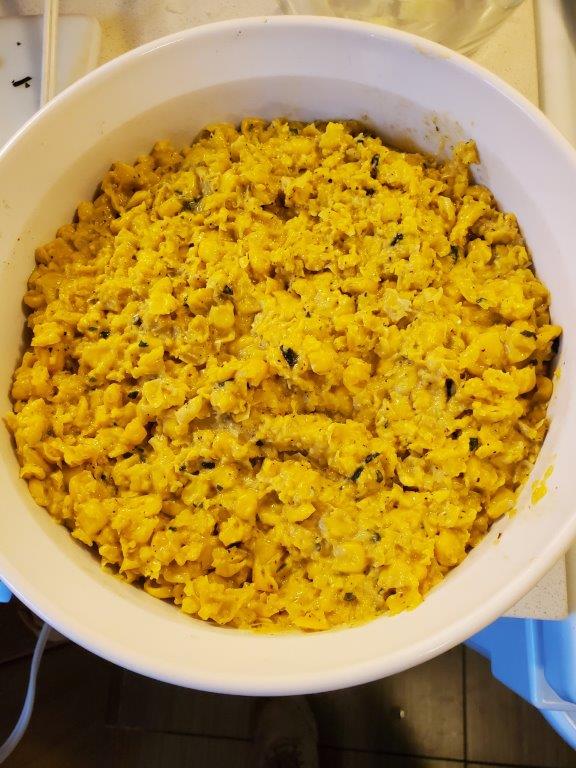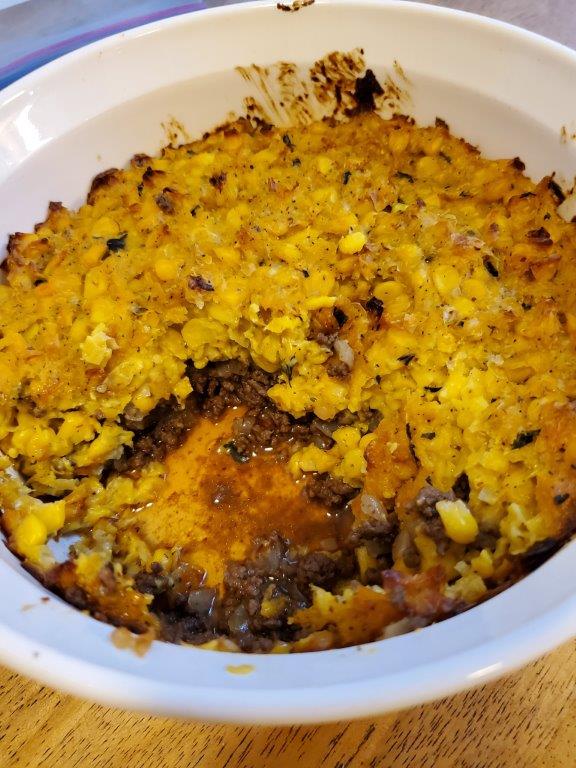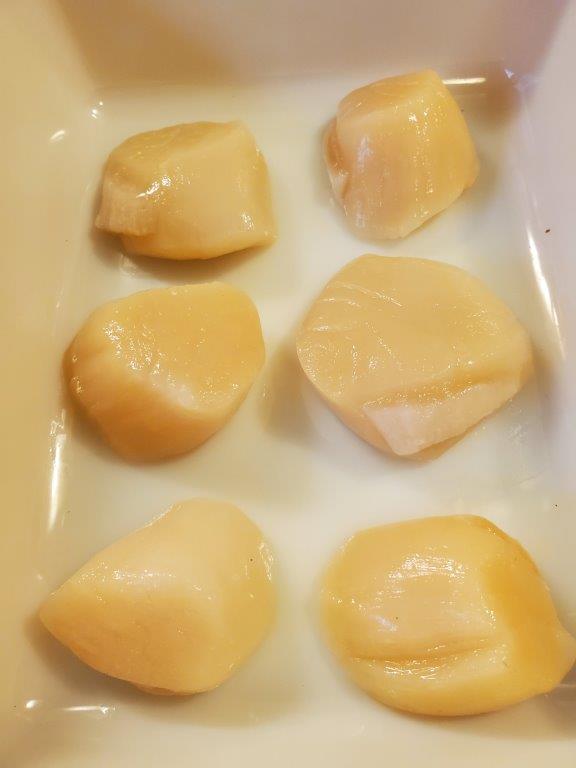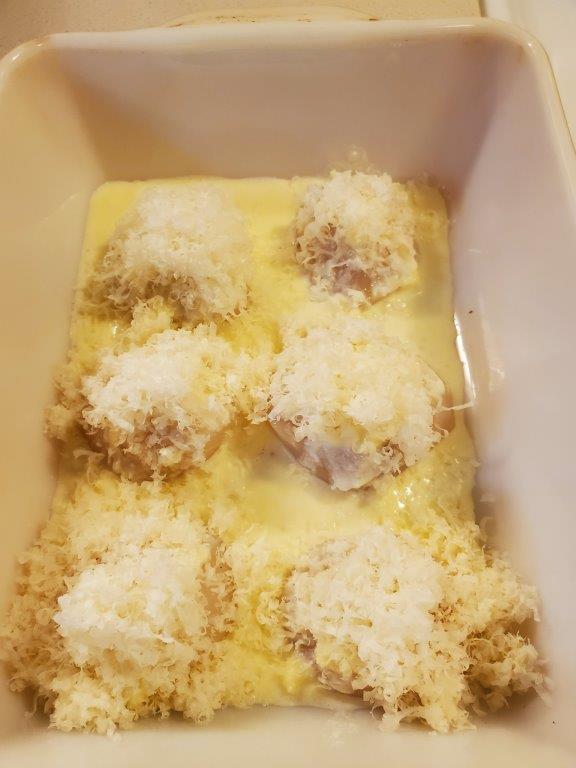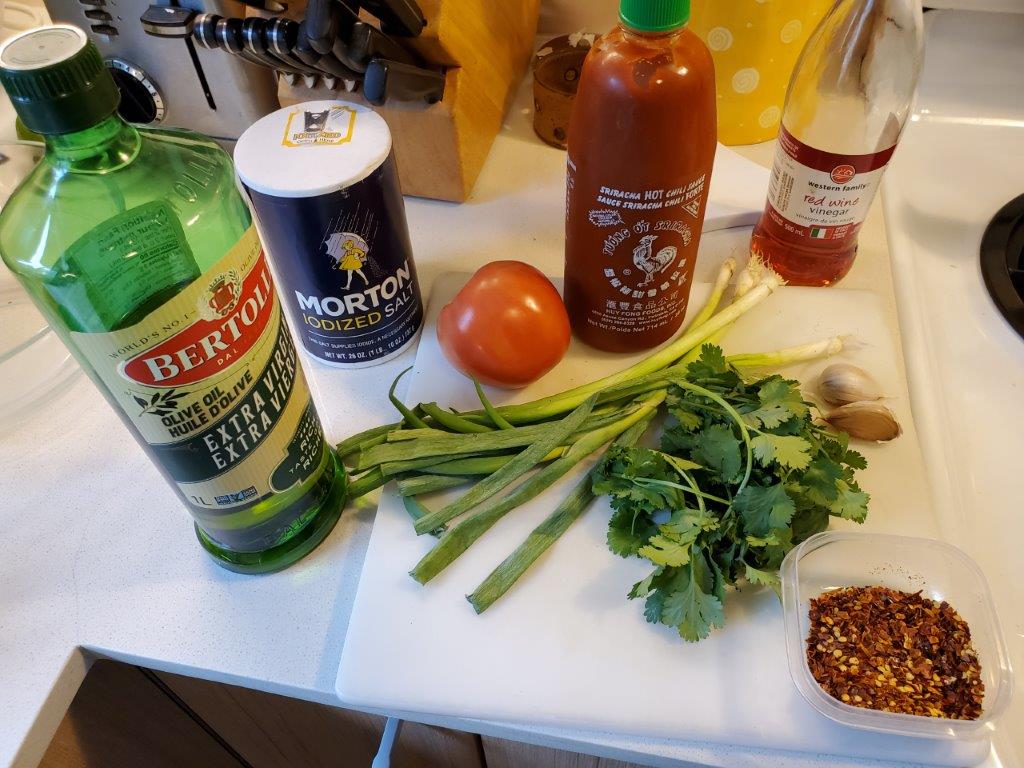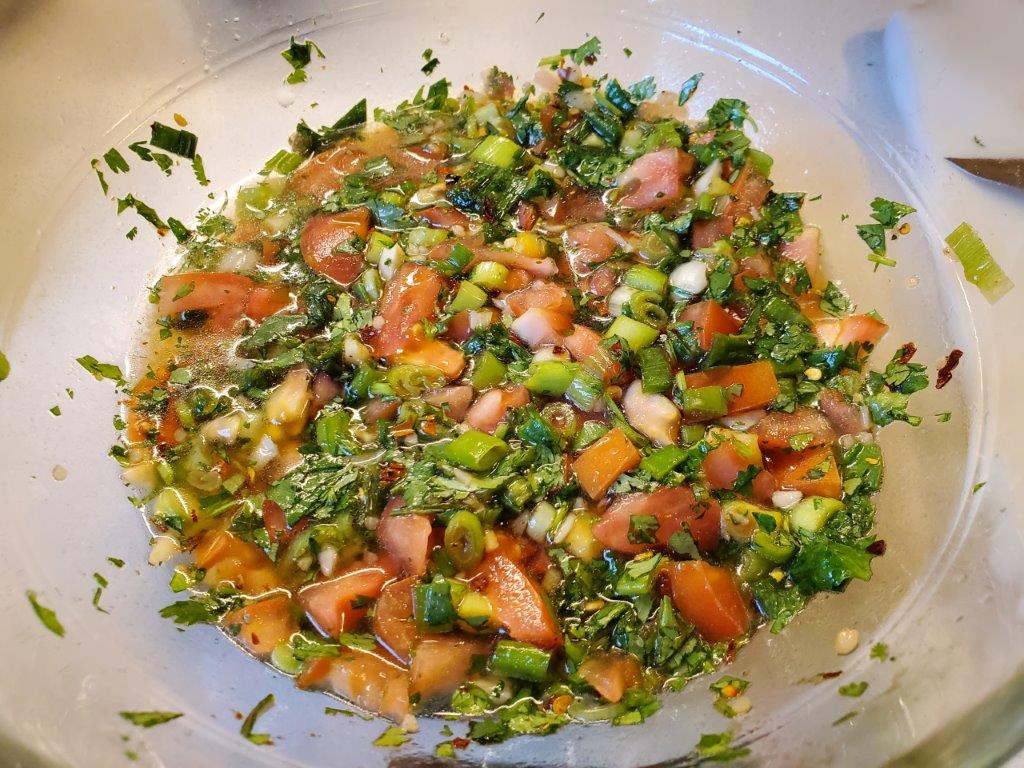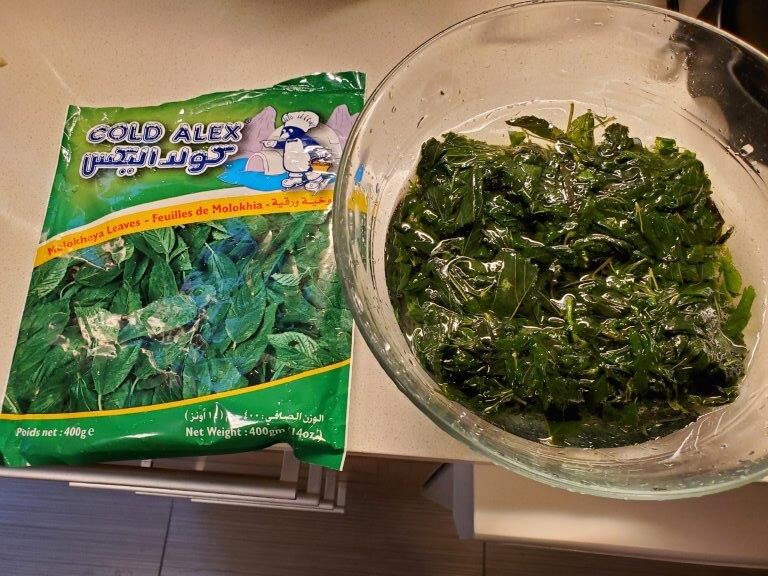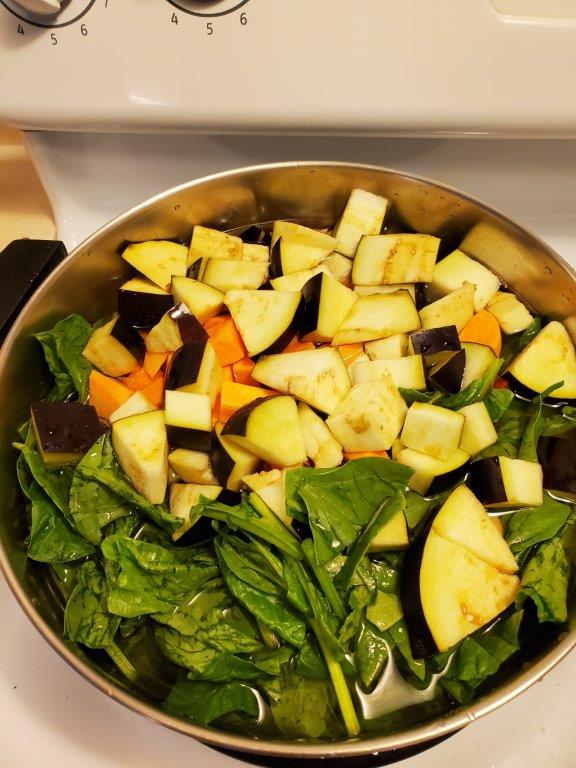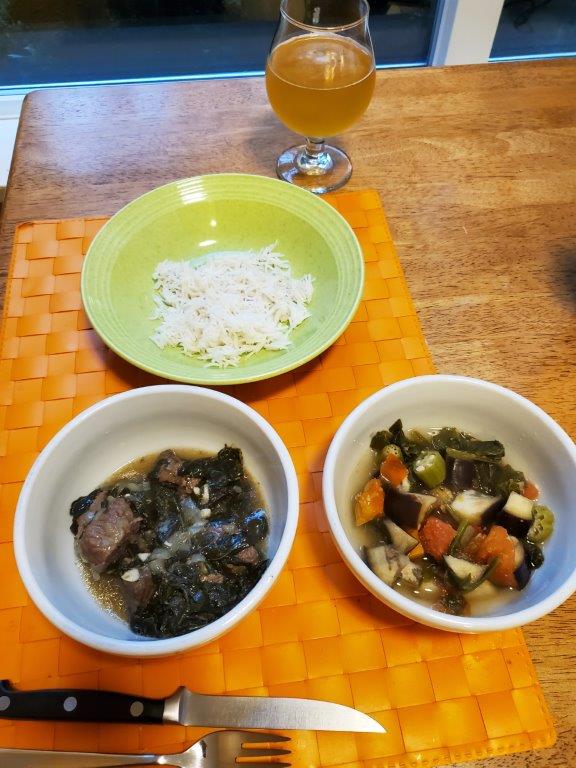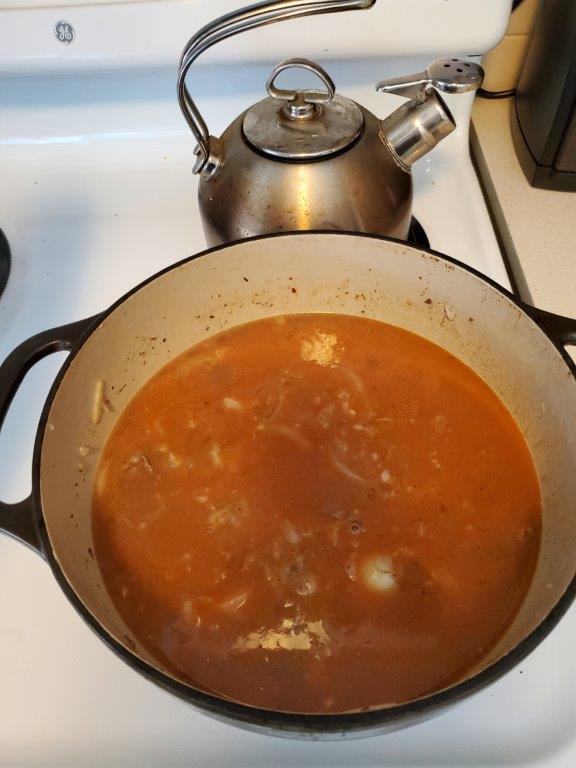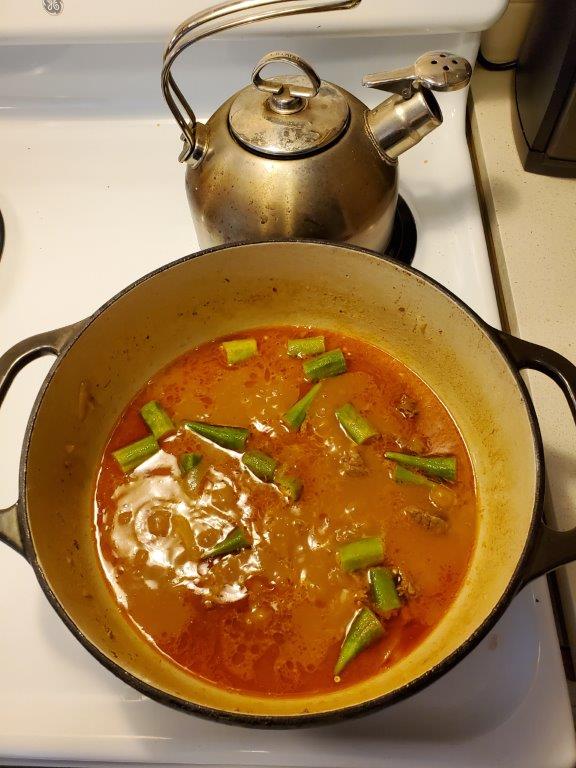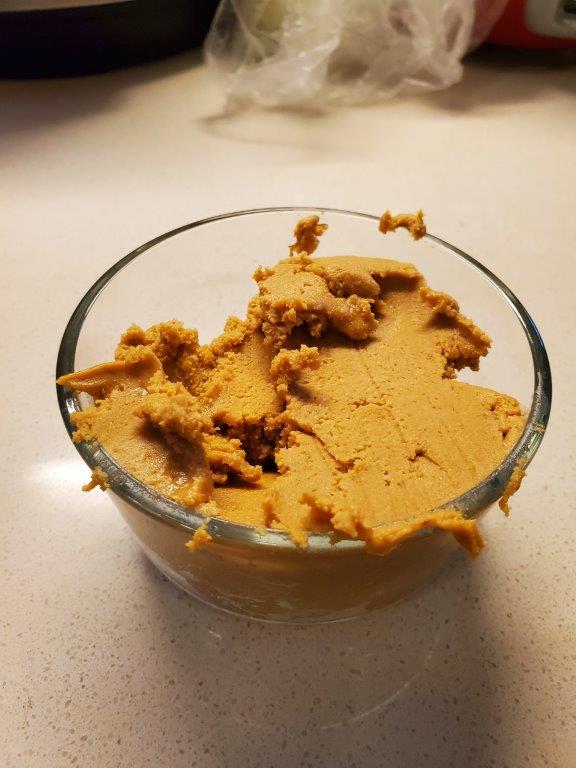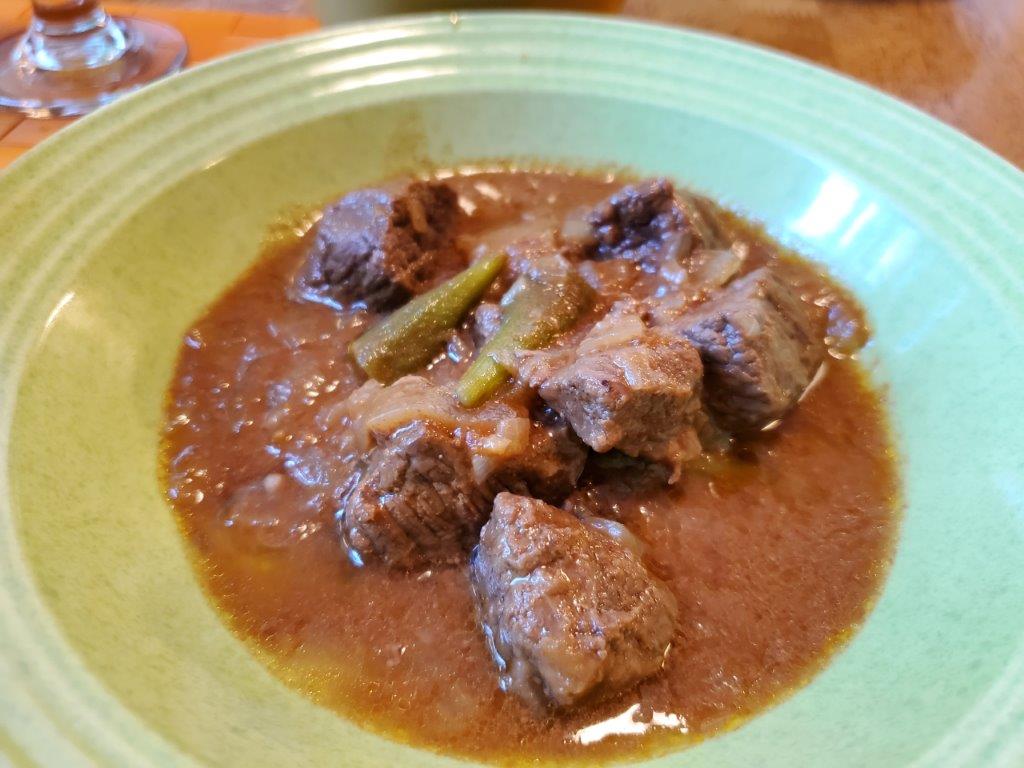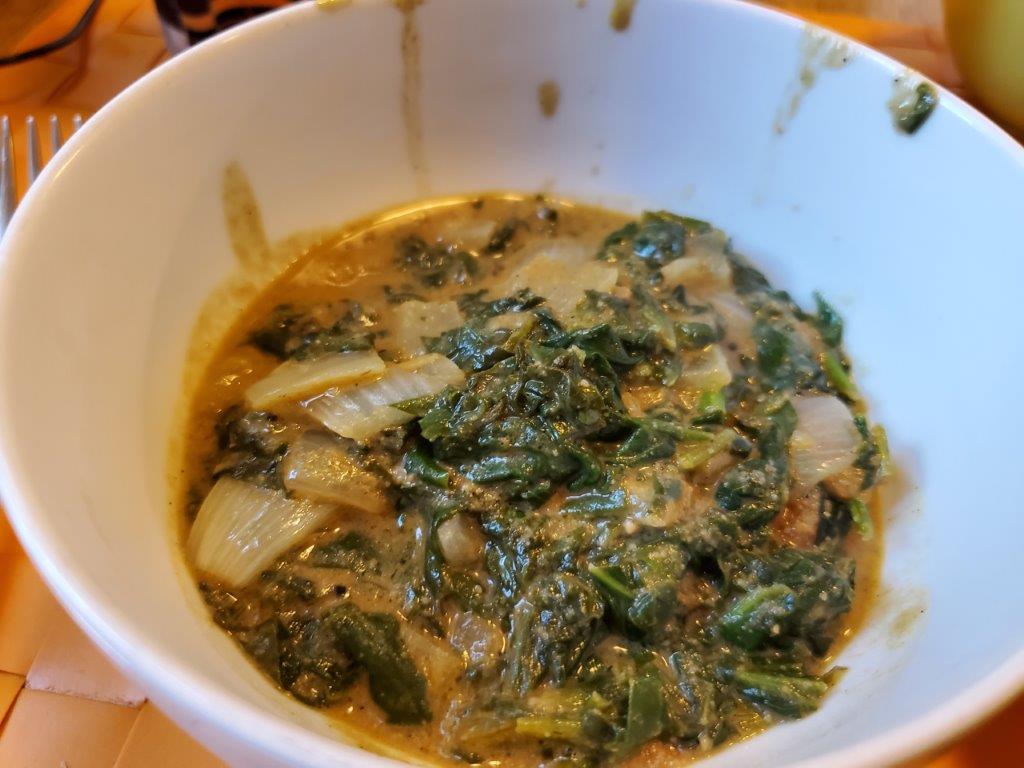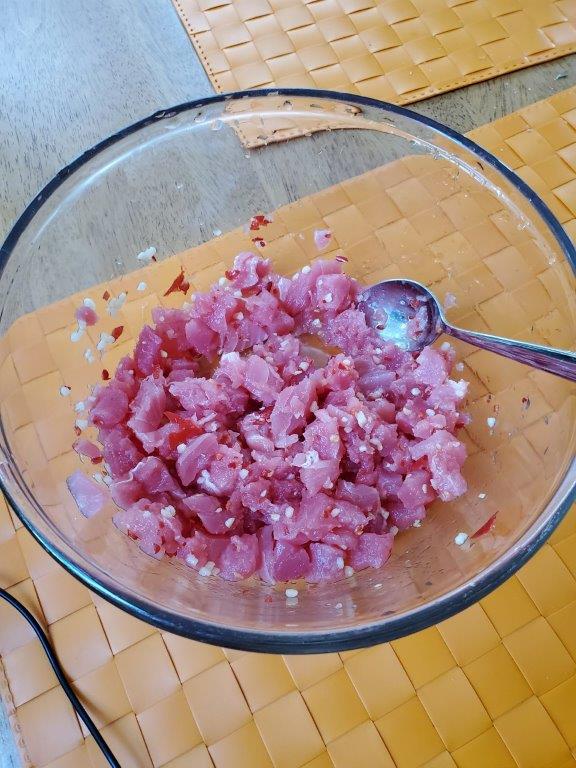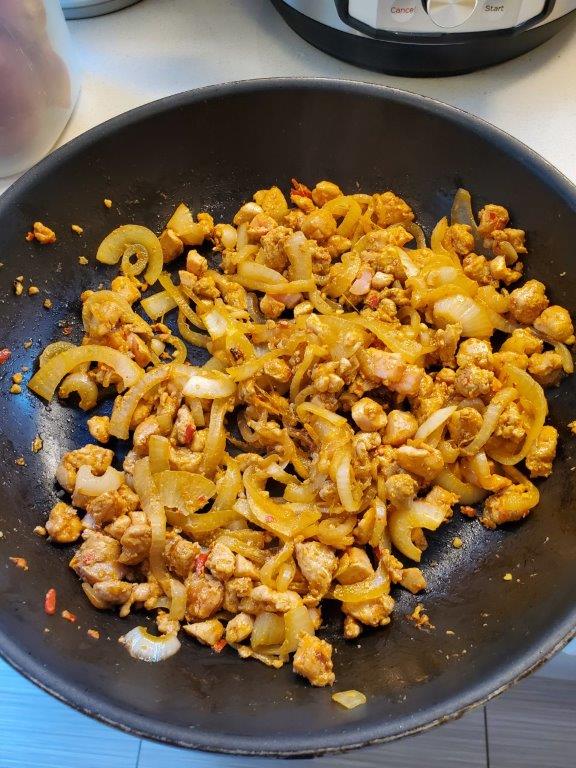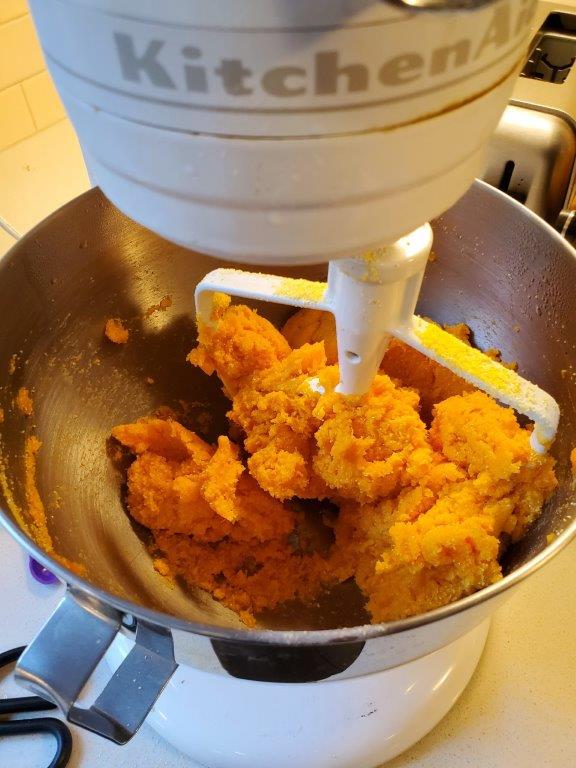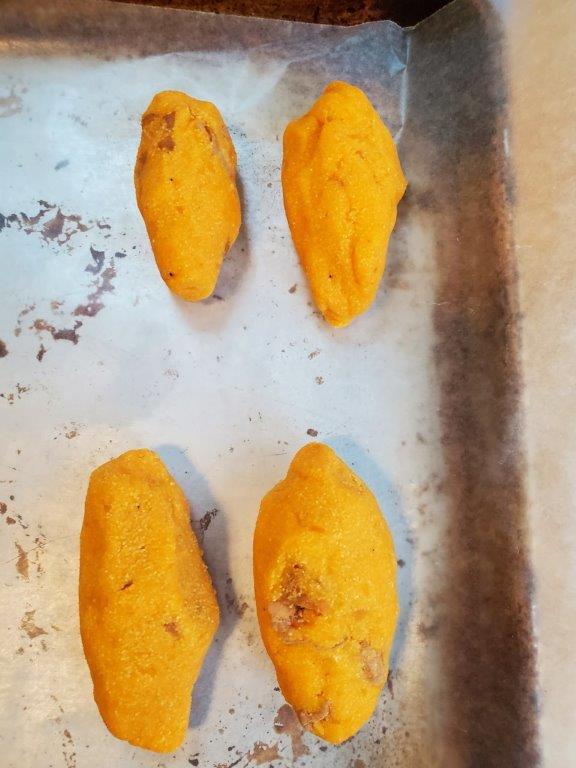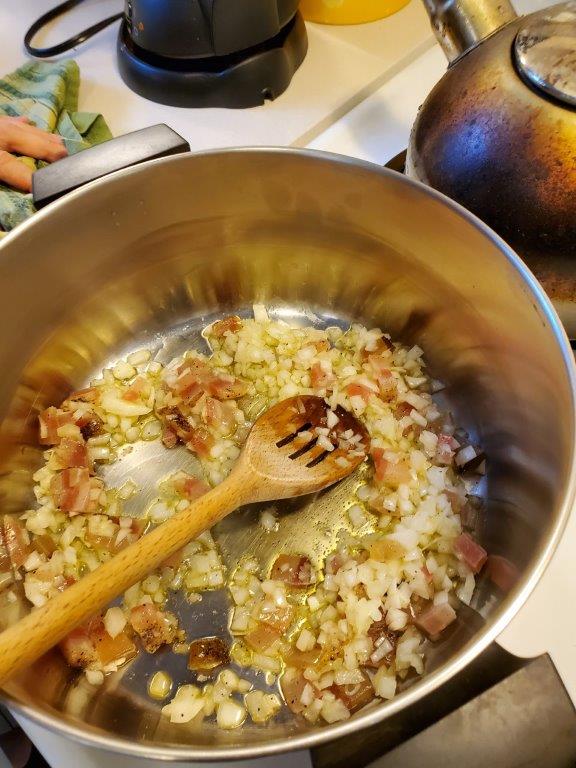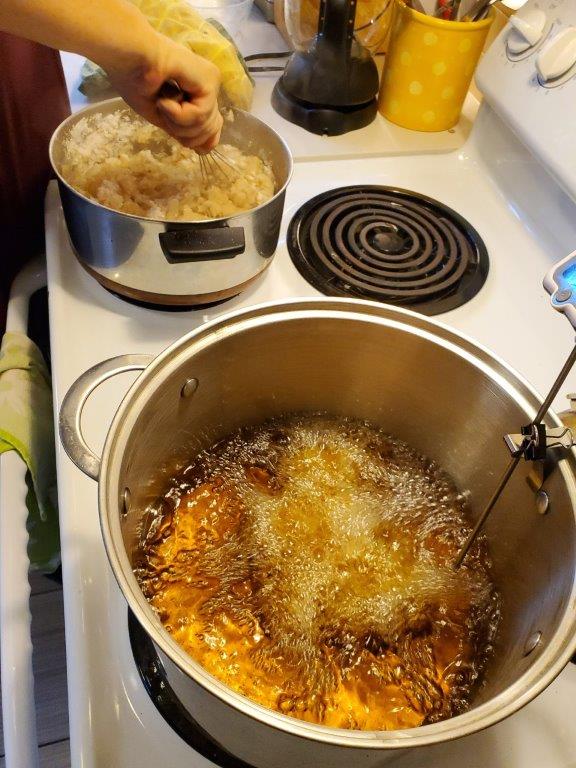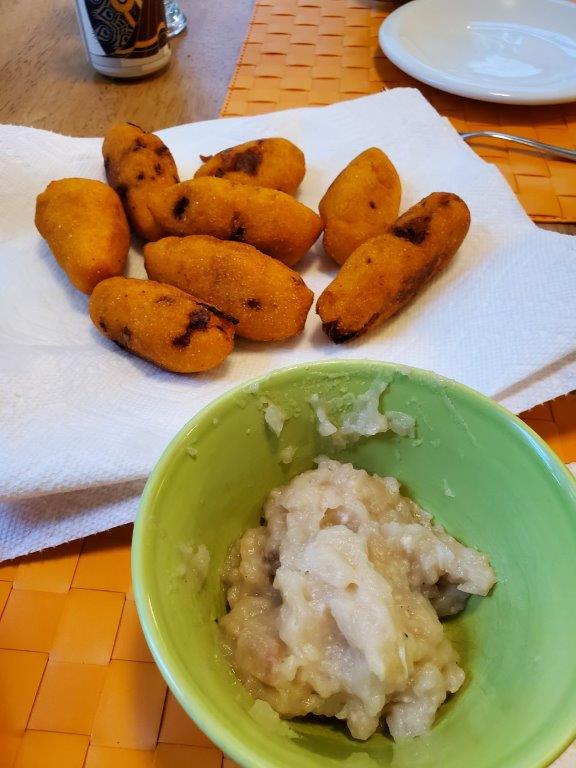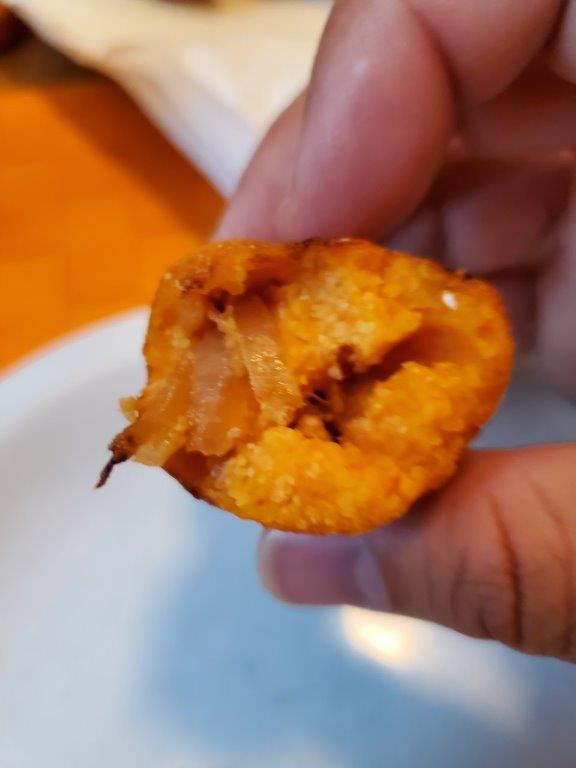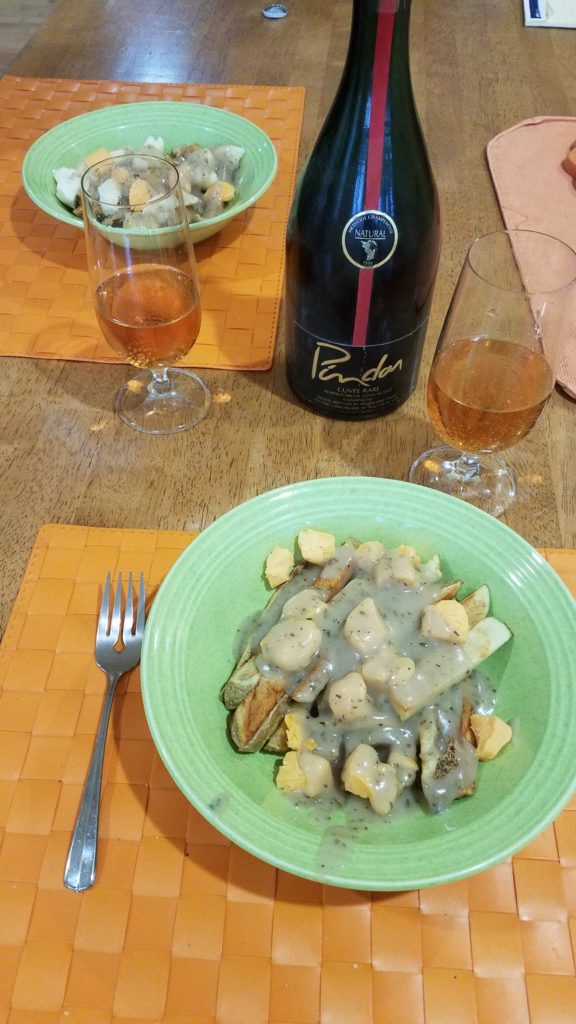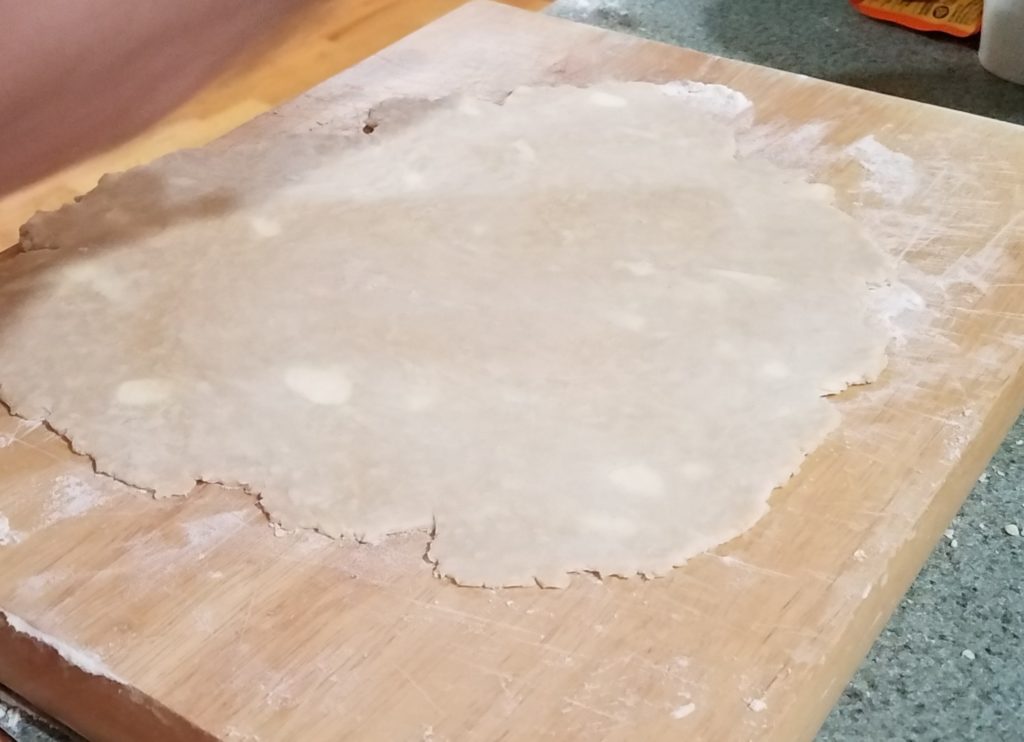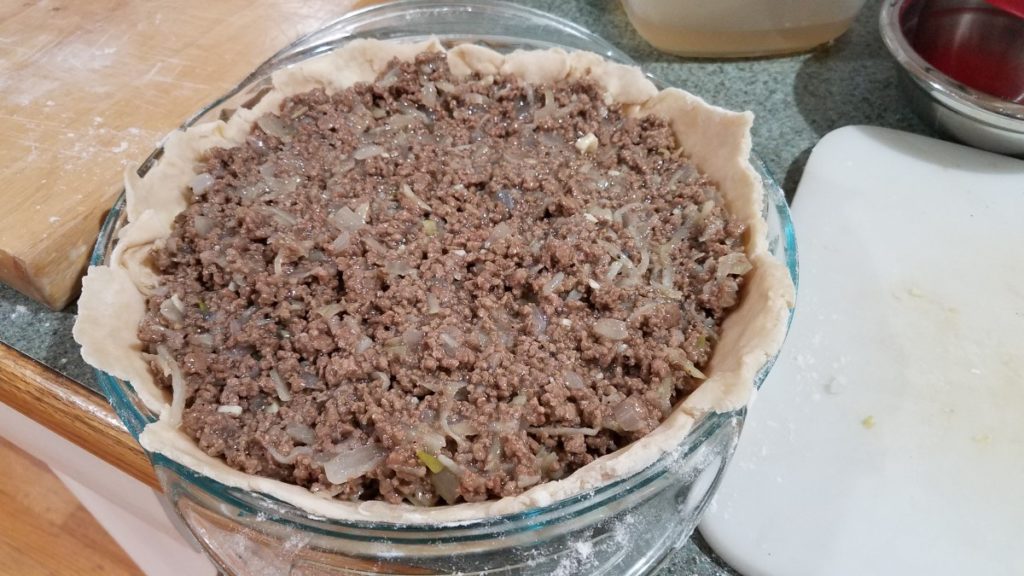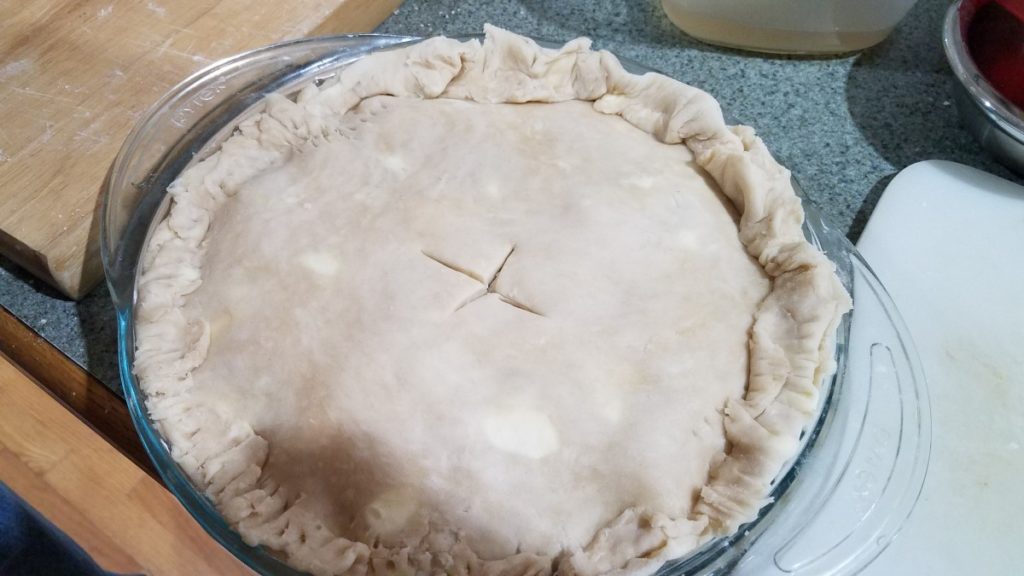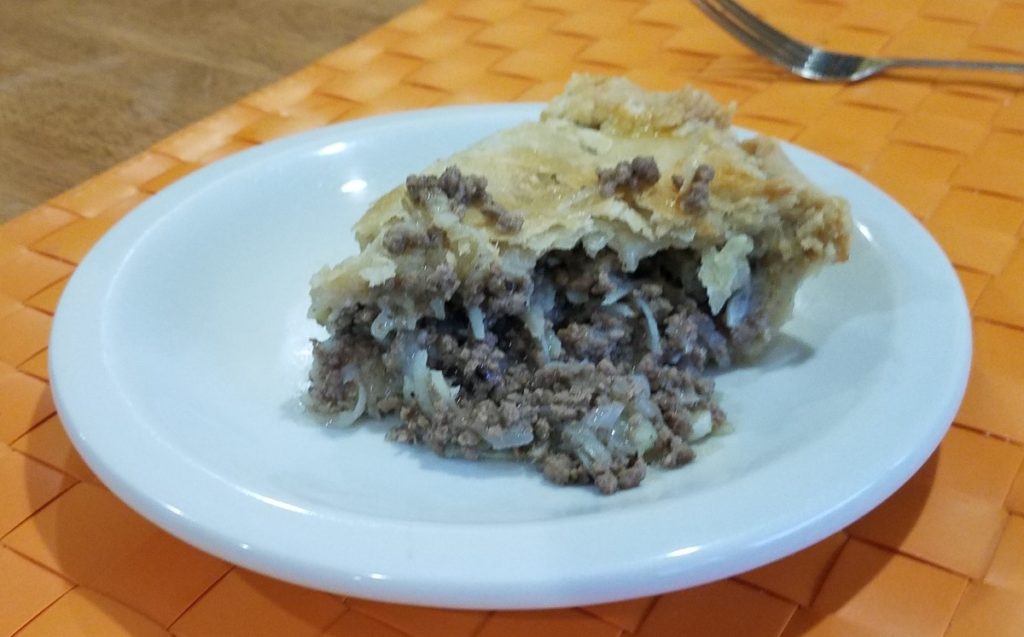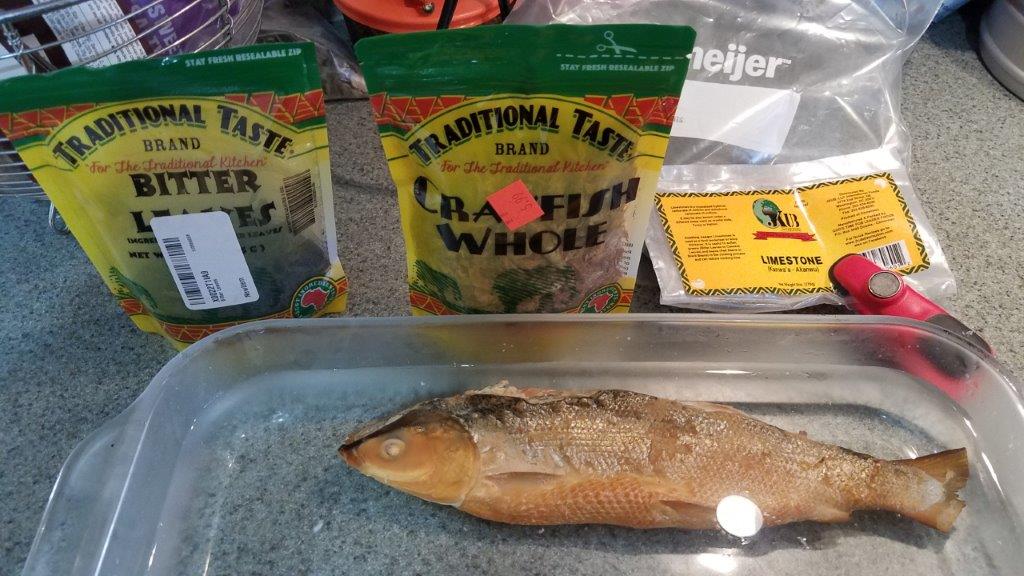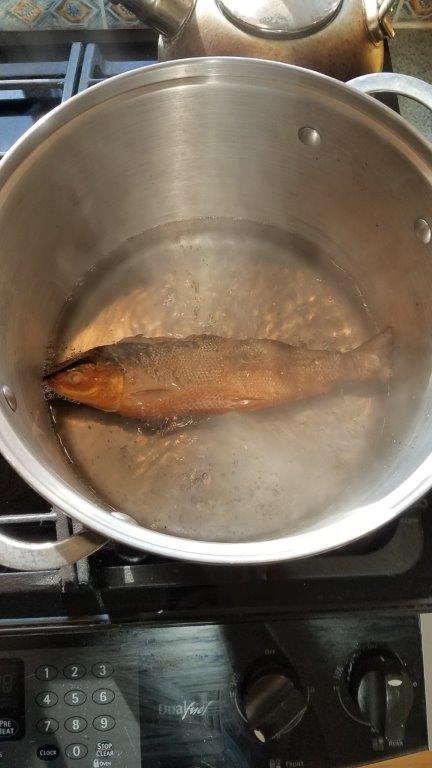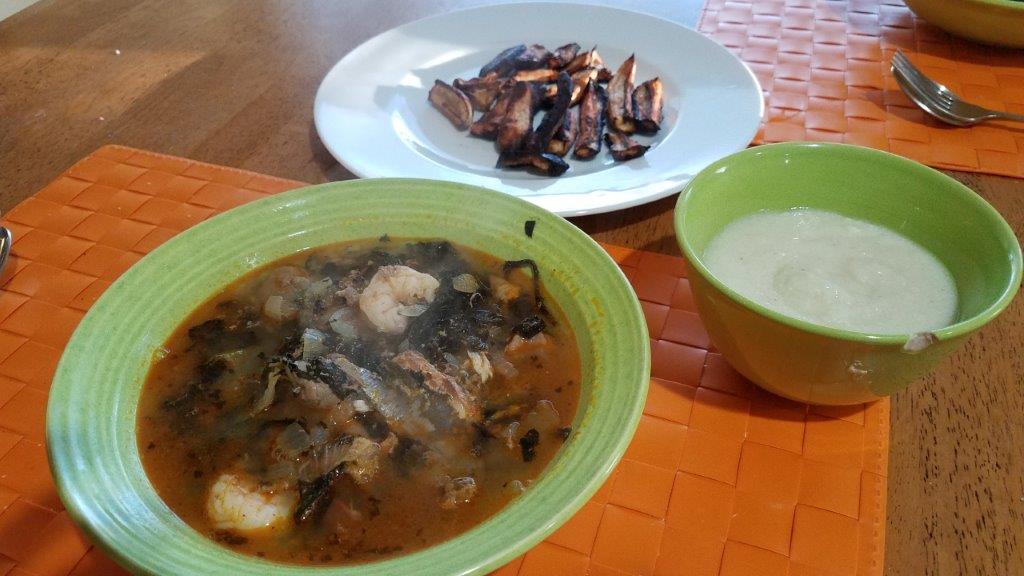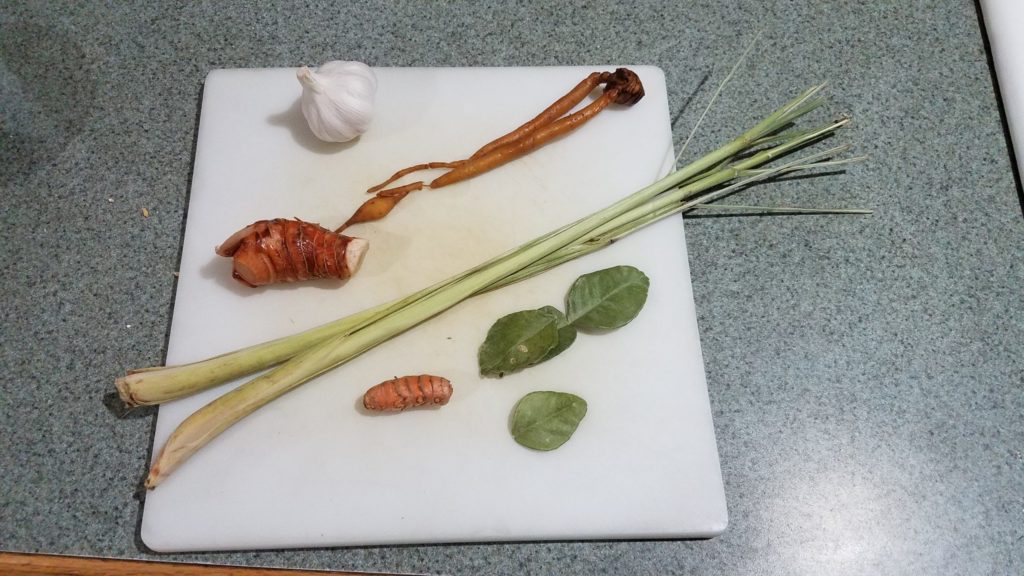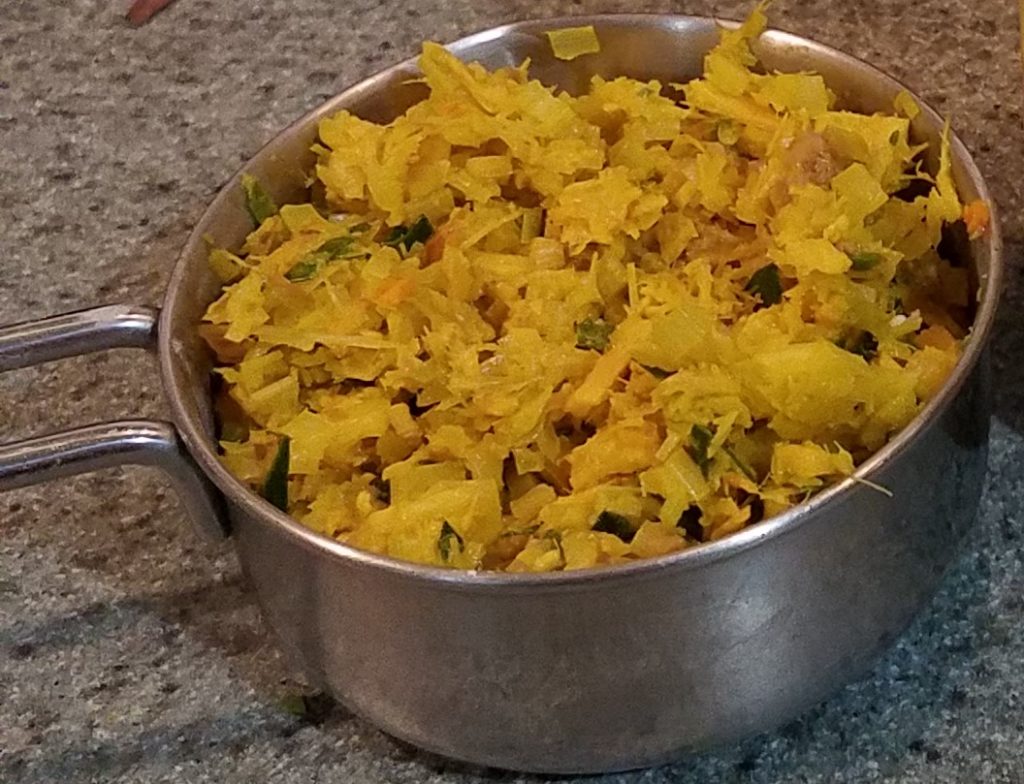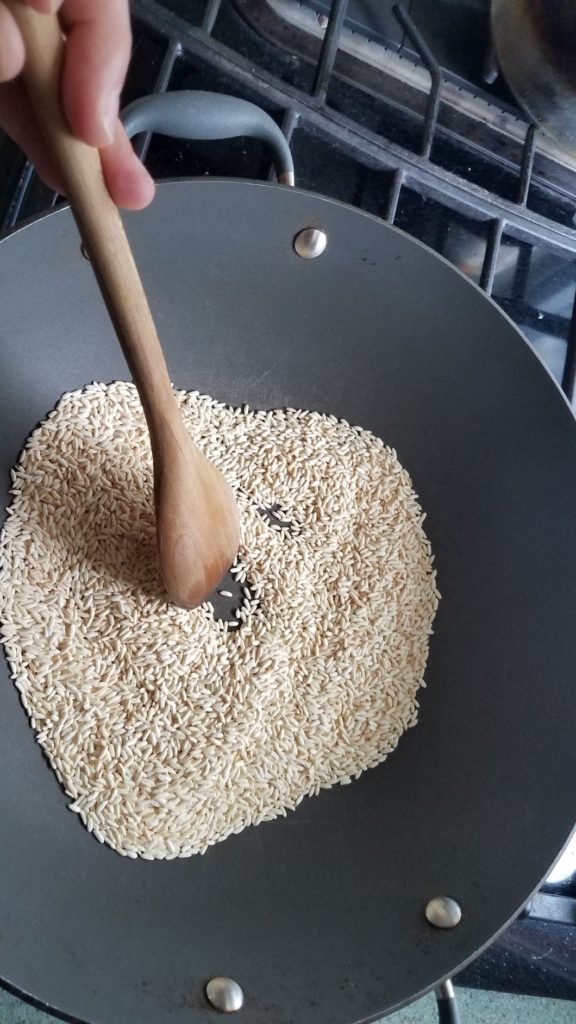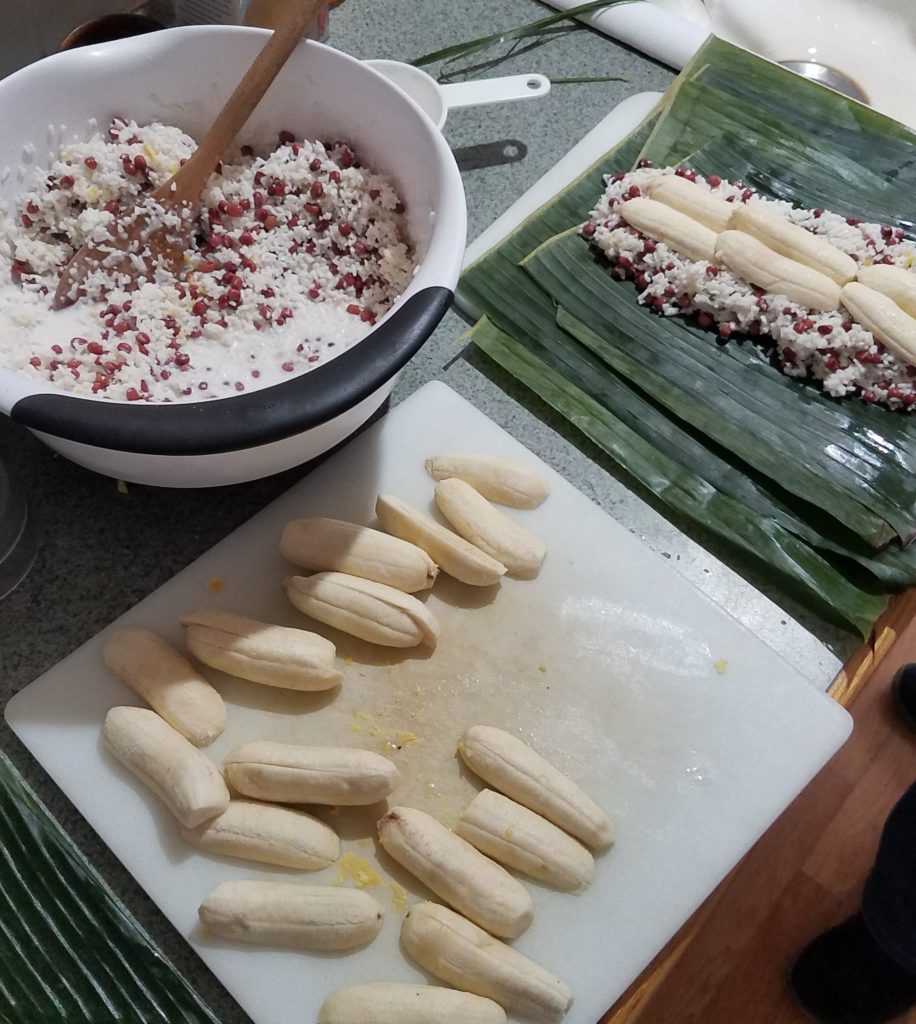This time around, we’ll be trying to make a meal of dishes representative of the eastern areas of China around the Yangtze river. This area includes the city of Shanghai, which is a blending point for many of the historical food traditions of China. As before, we’re going to continue to be guided primarily by Carolyn Phillip’s “All Under Heaven,” so we won’t be sharing recipes taken from that cookbook.
I started the day with an early trip to “T&T” a large Asian grocery store in neighboring Richmond. Hunting for ingredients is half the fun, and we needed things like carp and lotus roots. When I got to the latter, I patiently waited for the lady before to carefully inspect a number of roots before picking the right ones. When it was my turn, I felt they deserved equally as much care, but… what the heck do I know about picking lotus roots? At any rate, this one seemed fine:
Now the good news is, several of today’s dishes didn’t need to be served warm, so there wasn’t the usual frantic scramble to try and assemble three or four unfamiliar dishes at once. As seen above, we peeled the lotus root, and then sliced it as thinly as possible. (Out of a sense of self-preservation, we got rid of our mandolin before moving, so the slices weren’t terribly consistent.)
Into the boiling peanut oil with them!
And it turns out, that, although no one could possibly have predicted this, if you slice a root vegetable thinly, deep fry it, and then put salt on it, it’s really, really good!
Our second make-ahead dish was a braised vegetable dish. Since both this and our entrée call for green onion oil, lets make that first. Green onion oil is just oil in which green onions have been fried and then removed, leaving the tasty onion flavor.
This was used to make a simple sauce, with soy sauce and sugar, which dressed some braised bok choy.
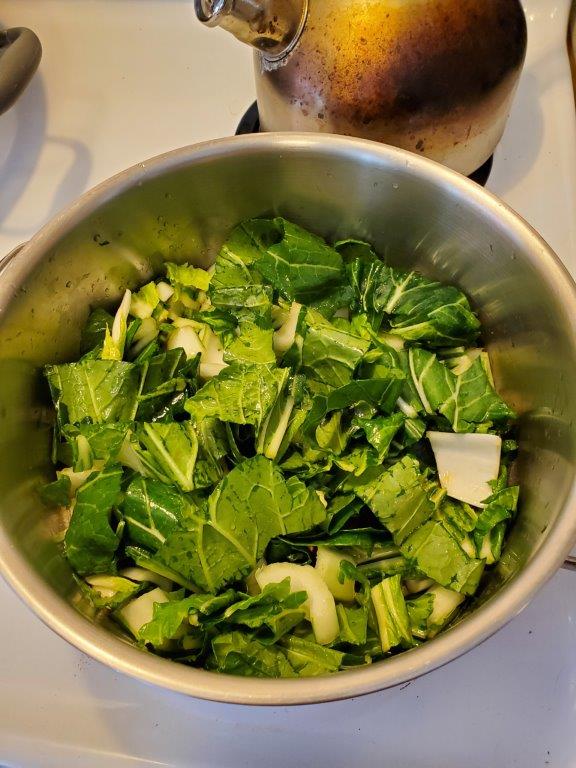
After cooking until tender, the veggies went in the fridge to soak up the sauce.
For our main entrée, we picked a sweet and sour fish dish. However, don’t think of this like a sticky Teriyaki sauce. There’s nothing wrong with that, but the goal here is something a bit more subtle.

Sweet and sour sauce ingredients: (clockwise from left) Green Onion Oil, Black Vinegar, Rice Wine, Peanut Oil, Rock Sugar, Chicken Stock, and Ginger.
The fish itself was carp, a common freshwater fish, but not one I had cooked with before. Fortunately, the nice man at T&T scaled it for me. I think I’m still picking scales out of my hair from when I scaled one myself way back for Bangladesh.
The fish gets poached, which is definitely a straightforward process – boil water, remove from heat, put fish in boiling water with ginger, cover for ten minutes. The residual heat in the water cooks the fish, and you don’t have to do anything but mix up the sauce, cook the noodles, and realize that that pot of rice you just started isn’t FOR anything, because you’re making noodles.
The noodles in question were marked “Shanghai Stir Fry Soup Noodles,” so we’re going to assume they were region appropriate.
Fully assembled, along with some more of the fancy tea from last week, the meal looked pretty good.
Tasted pretty good, too! The vinegar sauce was subtle and delicious, and the carp definitely responded well to not being overwhelmed. The cold veggies weren’t bad, and we sprinkled some of the fried onions on top for crunch. And again – lotus root chips are amazing.
But what about dessert? Our original plan had been to make a cookie recipe from the same cookbook – “Sea Moss Sandies.” But then we fell down a rabbit hole of different kinds of sea moss, some of which are native to… Mongolia? Jamaica? And some of which aren’t sustainably grown, and all of them kept forcing me to remind myself that I wasn’t making cookies out of semi-conductors. (Say “Sea Moss Cookies” out loud to an electrical engineer, then ask them to explain that last alleged joke.)
So instead, we decided to make red bean pancakes! We made this decision early enough in the day that we had time to do a quick run out for some glutinous rice flour and red bean paste. The process here is fussy, but not overly complicated. Make a batter out of flour, eggs, oil and salt, and let it cool in the fridge. When it’s ready, make a bunch of extremely thin, crepe-like pancakes.
Spread red bean paste on the pancakes, and fold them into little squares. You can MAKE the paste instead of buying it if you really want to. But y’all have fun with that.
Then you take the folded pancakes, and bust out the fry oil for the third time today. There was definitely a lot of oil in this meal.
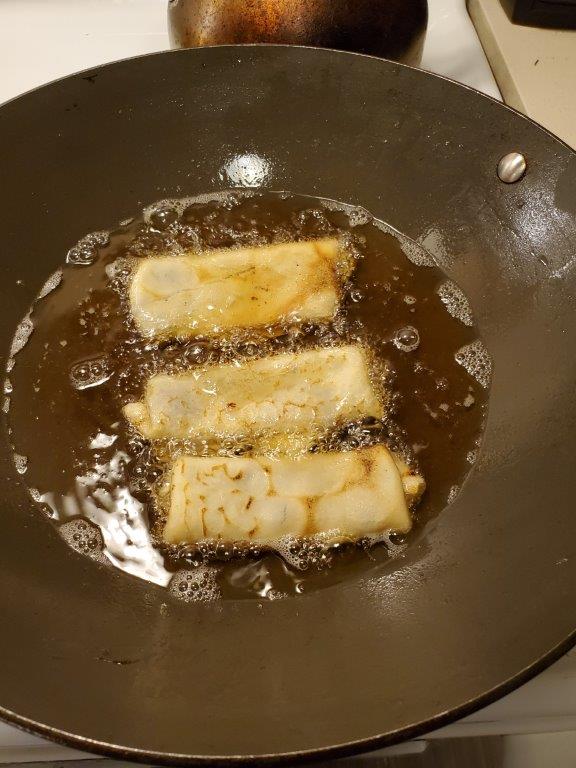
Finally, dust with powdered sugar and serve:

It may not look too fancy, but these things are super delicious, and very reminiscent of similar things I’ve had at Dim Sum restaurants.
Note that since the Red Bean Pancakes were ganked from the net, and not out of the cookbook, we can share the recipe:
Shanghainese Red Bean Pancakes
So there we are – our attempt at Chinese food from the Yangtze river area. Not as hearty as the food from last week, but subtly seasoned and delicious! Next up, the Coastal Southeast!

